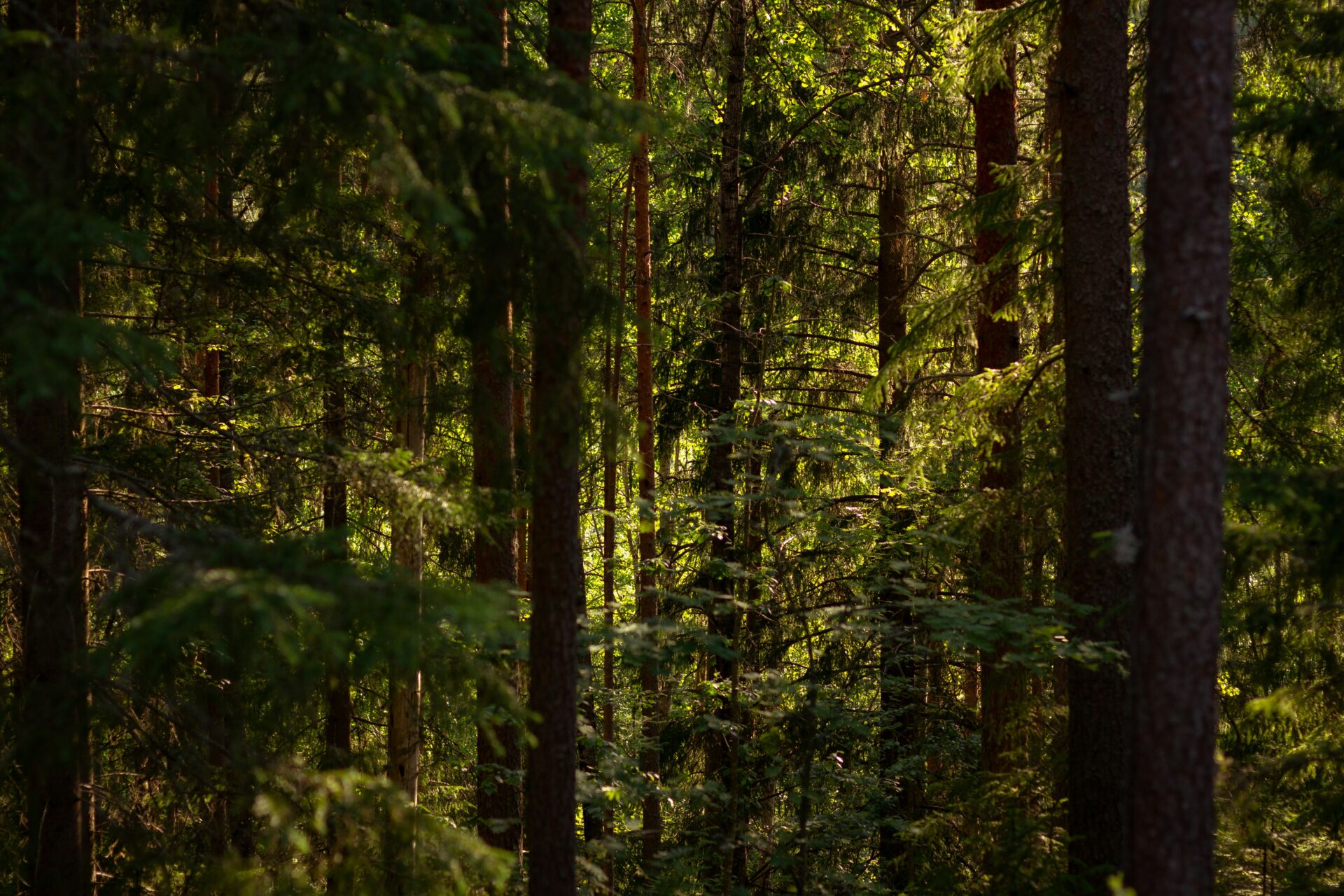The project simultaneously looks at questions related to forest carbon sinks and the conservation of biodiversity. The project will provide answers to the question of how forest carbon sinks will develop under the strict conservation of old forests when the levels of felling are allowed to vary. At the same time, structural characteristics are used to analyse how the biodiversity of commercial forests will develop as the pressure for felling increases. A separate analysis looks at how the size of the carbon sink and the amount of logging can be regulated using the minimum diameter and age for final felling. The analysis also offers a starting point for examining other control methods concerning felling. The aim for the project is to compile together the modelling results that look at various changes in biodiversity and carbon sinks with a view to various background results from commercial forestry.
- Project results estimated to be complete: 2025
- Panel member responsible: Research Professor and Chair Jyri Seppälä
- Involved in the project: The University of Helsinki, Finnish Environment Institute and the Finnish Nature Panel




